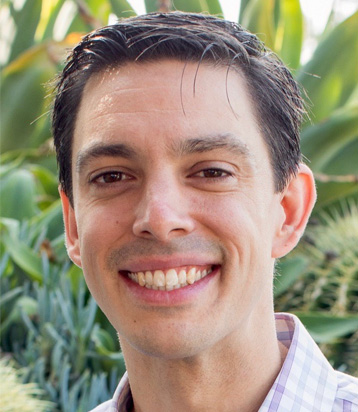Persistence of Spin Memory in a Crystalline, Insulating Phase-Change Material
Johannes Reindl, Hanno Volker, Nicholas P. Breznay, and Matthias Wuttig Persistence of Spin Memory in a Crystalline, Insulating Phase-Change Material […]

Early in our careers we learn that electrons are antisocial – they never want to be in the same place at the same time, and their mutual interactions can often be ignored, especially when considering just a few (or a few hundred). But as you crowd more and more into the same space, electrons begin to talk to one another; in solid materials, they sometimes decide to spontaneously organize, condense, and rearrange themselves—collectively assembling into patterns and phases that we never would have predicted from a “one-electron” picture.
Our lab studies the properties and applications of these quantum materials, where the tremendous number (1023) of electrons, and their collective interactions, leads to new and fascinating behavior. These electronic states of matter can have familiar classical analogs—noninteracting gas, strongly interacting “Fermi” liquid, or crystalline solid—but they can also be fundamentally quantum-mechanical states that have no classical analog. We investigate these exotic states of matter—superconductors, spin-liquid magnets, charge-ordered oxides, and amorphous Anderson insulators—using hands-on low-temperature experiments with thin film and bulk crystal samples. Since thermal energy can disrupt fragile quantum states, we cool the samples to temperatures below 1 kelvin, and examine how their electrons respond to intense electromagnetic fields.
Johannes Reindl, Hanno Volker, Nicholas P. Breznay, and Matthias Wuttig Persistence of Spin Memory in a Crystalline, Insulating Phase-Change Material […]
Mingu Kang, Jonathan Pelliciari, Alex Frano, Nicholas P. Breznay, Enrico Schierle, Eugen Weschke, Ronny Sutarto, Yuwei He, Padraic Shafer, Elke […]
Nicholas P. Breznay, Corey Hayes, Nityan L Nair, Toni Helm, James G Analytis, Ross D McDonald, Zengwei Zhu, Yoshiharu Krockenberger, […]
Learn more about my research lab.